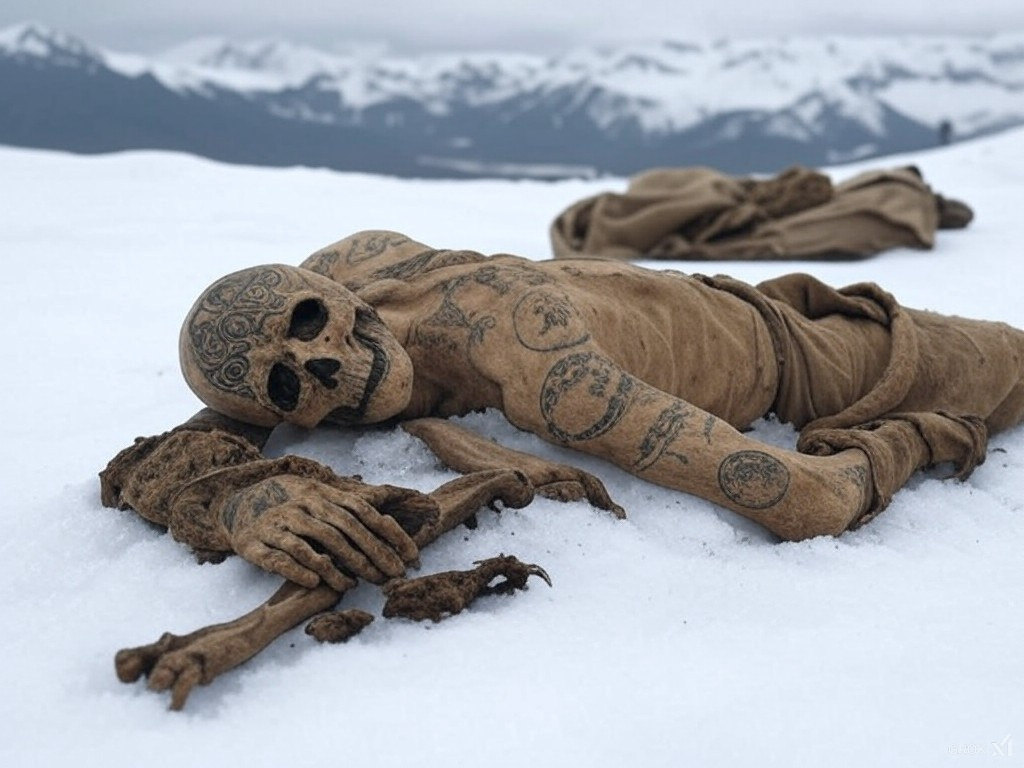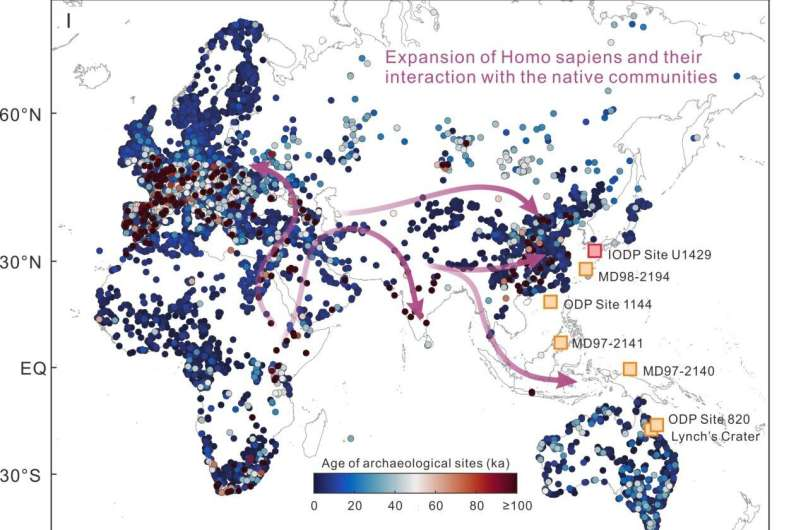Introduction
The frozen mummies of the Andes represent some of the most extraordinary archaeological discoveries in the study of ancient civilizations. These naturally preserved remains, often found at high-altitude burial sites, provide crucial insights into the rituals, cultural practices, and beliefs of the Inca and pre-Inca societies. Through advanced scientific analysis, researchers have uncovered details about their diet, health, and sacrificial customs, offering a unique window into the past.
Discovery and Excavation
The most famous frozen mummies were discovered on the Andean peaks of Argentina, Chile, and Peru, often at altitudes exceeding 5,000 meters (16,400 feet). These sites, referred to as capacocha burial sites, were used by the Inca for child sacrifice rituals dedicated to their deities. Some of the most significant discoveries include:
Juanita, the Ice Maiden – Discovered in 1995 on Mount Ampato in Peru, this remarkably well-preserved mummy belonged to a young Inca girl sacrificed over 500 years ago. Her body was naturally mummified by freezing temperatures, allowing researchers to examine her intact skin, clothing, and internal organs.
The Llullaillaco Mummies – Unearthed in 1999 on the summit of Argentina’s Llullaillaco volcano, these three mummies (a boy and two girls) are among the best-preserved mummies ever found. They provide unparalleled insight into Inca rituals, as forensic studies suggest they were drugged with coca leaves and fermented maize beer (chicha) before their ritual sacrifice.
El Plomo Mummy – Found in 1954 on Chile’s El Plomo Mountain, this young boy’s remains were the first high-altitude Inca mummy discovered, paving the way for future research in frozen Andean mummies.
Cultural and Religious Significance
The Inca civilization practiced capacocha, a form of human sacrifice intended to appease their gods and ensure agricultural prosperity. High-altitude burials were strategically placed on sacred mountains, believed to be closer to the divine realm. These sacrificed children, often chosen for their purity and noble lineage, were honored rather than seen as victims.
Scientific Analysis and Findings
Modern technology has allowed scientists to extract invaluable data from these mummies:
DNA Analysis – Genetic testing has helped trace their origins, revealing insights into the movement and ancestry of Inca populations.
Isotope Studies – Analysis of hair and bone isotopes has provided information on their diet, indicating a shift from commoner to elite food consumption in the months leading up to their sacrifice.
Pathological Examination – Many mummies show signs of malnutrition, respiratory infections, and exposure to extreme cold, illustrating the harsh conditions of their final journey.
Ethical Considerations and Preservation Efforts
The display and study of Andean mummies raise ethical questions regarding cultural sensitivity and indigenous rights. Many descendant communities advocate for respectful treatment, proper reburial, or preservation in conditions that align with their traditions. Advances in conservation techniques, such as climate-controlled museum environments, ensure that these mummies remain intact for future study without causing further deterioration.
Conclusion
The frozen mummies of the Andes continue to be a vital source of historical and scientific knowledge. These remarkably preserved remains allow researchers to explore Inca sacrificial traditions, biological adaptation to extreme environments, and ancient Andean societies. As new discoveries and technologies emerge, the study of these mummies will further enrich our understanding of pre-Columbian civilizations and their spiritual beliefs.







